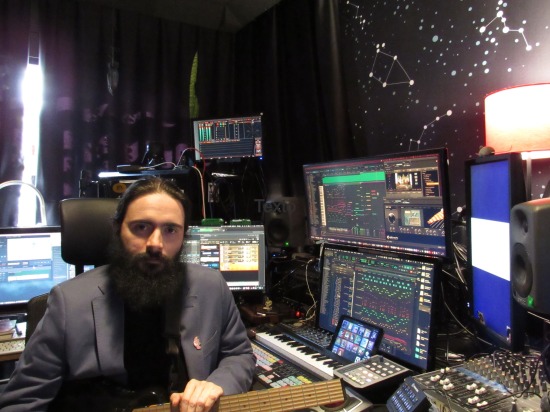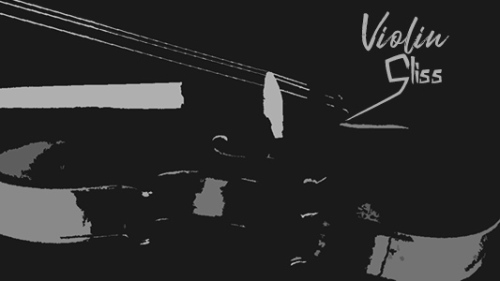
Fernando Cañedo
Fernando Cañedo is a composer, sound designer, music producer, and multi-instrumentalist. He is the founder of Data Estelar Estúdios, a production company focused on the creation of original music, sound design and audio post-production for series, films, advertising, and digital media. He has participated in projects exhibited on various television channels, web platforms, and streaming services such as Cartoon Network, HBO Max, Comedy Central, Paramount Plus, Netflix, TNT, Globo Play, Futura, Gloob, Warner, YouTube and Youtube Kids, Canal Brasil, as well as in global festival circuits. Although he is best known for his work on animated series, with over 300 episodes released since 2015, it is important to highlight his experience in advertising, films, games and trailers.
In 2021, he was honored in the category of 'Best Original Soundtrack' at the 'RIMA Awards' for the music composed for the award-winning Portuguese-Brazilian drama 'A Margem.' In 2023, he won the 'Best Sound Award' at the 'Top Indie Festival Awards' for the award-winning animated short film 'Dream Eaters.' Additionally, he was a finalist two years in a row (2018 and 2019) at the Berlin International Sound Design Competition for the animated shorts 'Wrapped' and 'Escape.'
In the advertising field, he provided services as a freelance music producer for renowned advertising audio production companies and directly for various agencies and brands. As an instrumentalist, he collaborated with national and international musicians and producers, releasing numerous albums spanning various genres.
Additionally, he is a co-founder of Urutu Áudio, a company that develops virtual instruments for the Native Instruments Kontakt Full software. The company's products are sold in Brazil and 23 other countries. He conducts the workshop "Na Trilha da Prática," focusing on music production and sound design, with studies concentrated on analyzing sessions produced during professional practice.
Fernando Cañedo has a genuine passion for the process of musical and audiovisual creation, the technology involved, and the art of storytelling. He considers the exploration, recording, blending, and manipulation of timbres, resonances, and textures to be parallel achievements to modalities such as painting and handicraft.
Fernando Cañedo's latest follows
Fernando Cañedo isn't following anyone yet. ¯\_(ツ)_/¯

